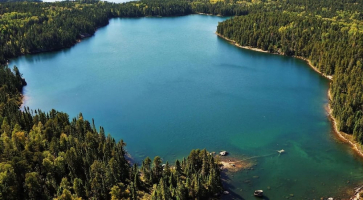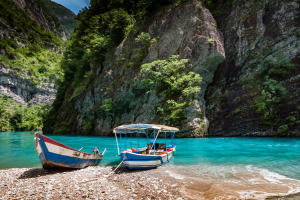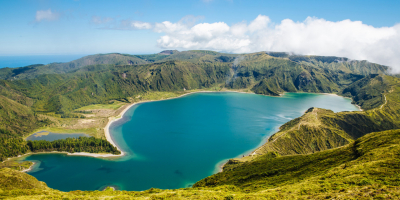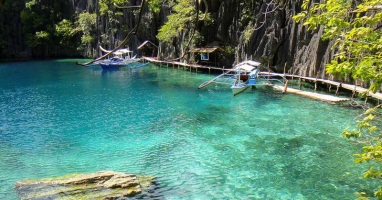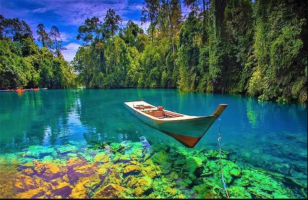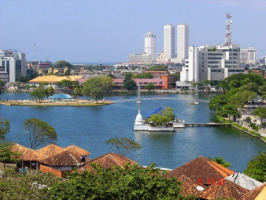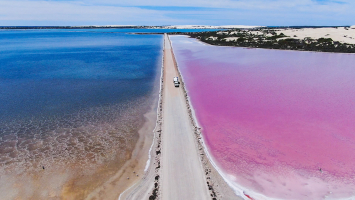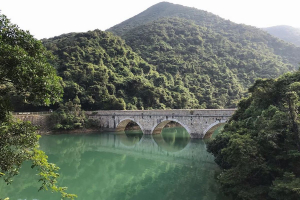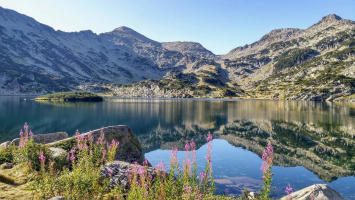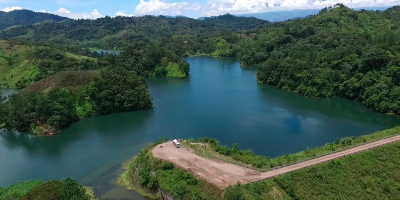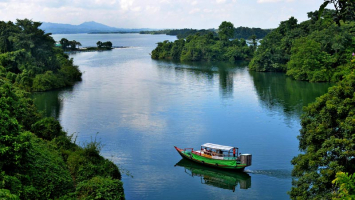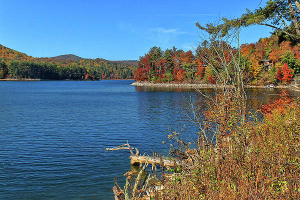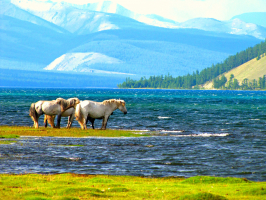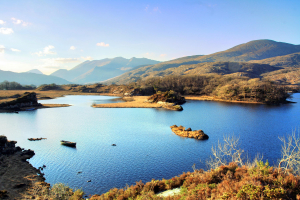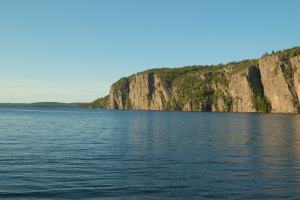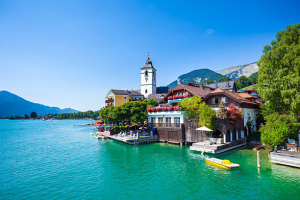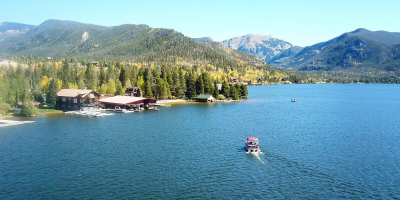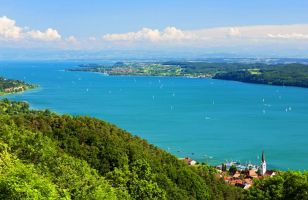Top 10 Most Beautiful Lakes in Asia
The lakes are the ideal summer destination for those who want a place to relax and cool off without descending to cramped beach destinations. In a beautiful ... read more...region like Asia, there is no shortage of beautiful lakes. Let's join Toplist to discover the most beautiful lakes in Asia!
-
The caldera of a supervolcano in North Sumatra, Indonesia, is home to the sizable natural lake known as Lake Toba. The largest lake in Indonesia is Lake Toba, which is 100 km long and 30 km wide. One of the most popular tourist destinations in North Sumatra is Toba. Due to a significant volcanic explosion, Lake Toba was created. This eruption creates a caldera, which later becomes submerged in water. The fact that there is an island called Samosir Island in the midst of the lake, which has a depth of 450 meters, is one of the lake's distinctive features. Lake Toba is also one of the most beautiful lakes in Asia.
Samosir Island, which has an area nearly identical to Singapore, has not yet seen a lot of tourists, thus it is still quite natural and rich in traditional culture. Lake Sidihoni and Lake Aek Natonang are the two lakes on Samosir Island. The ancient Batak People still live on Samosir Island. Stone burials and traditional settlements are among the remnants of the past that may be found on the island. If you want to experience the calm of nature while learning about cultural diversity, Samosir is the place for you
Location: North Sumatra, Indonesia
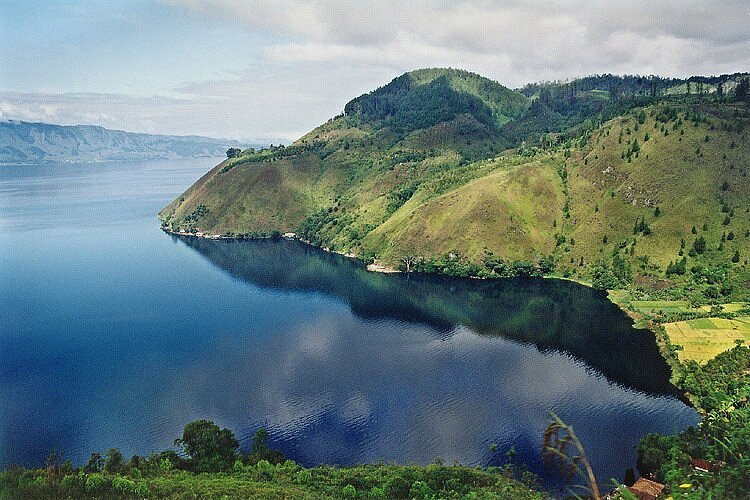
Photo: tripadvisor.com.vn 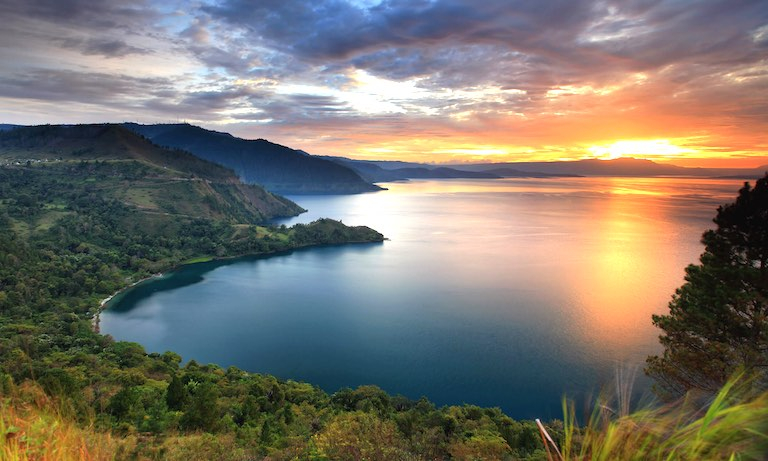
Photo: wowshack.com -
Inle Lake is found in Myanmar's Shan Hills in the Nyaungshwe Township of Shan State (Burma). With an estimated surface size of 116 km2, it is the second-largest lake in Myanmar and one of the highest at an elevation of 880 m. The deepest point is 3.7 m deep, with the average water depth during the dry season being 2.1 m. This may rise by 1.5 m in the wet season.
Inle reveals the other side of Burmese life that you're not used to, with its beautiful vistas of traditional wooden-stilt homes and floating gardens, and surroundings of lush foliage. Aside from the historically significant monasteries, the nicest thing about the lake is that the only mode of transportation for locals and visitors is by boat, which is a novel experience that you are sure to appreciate. The gorgeous Inle Lake is home to the Intha people, whose style of life is distinguished by totally water-based towns, floating villages, and gardens.
The lake, which is located in a valley between two mountain ranges, feels very different from the rest of Myanmar because wooden houses are built on stilts in the villages and towns across the lake and fishermen drive their one-man boats in a distinctive manner by wrapping one leg around the oar.
Location: Nyaungshwe Township of Shan State, Myanmar
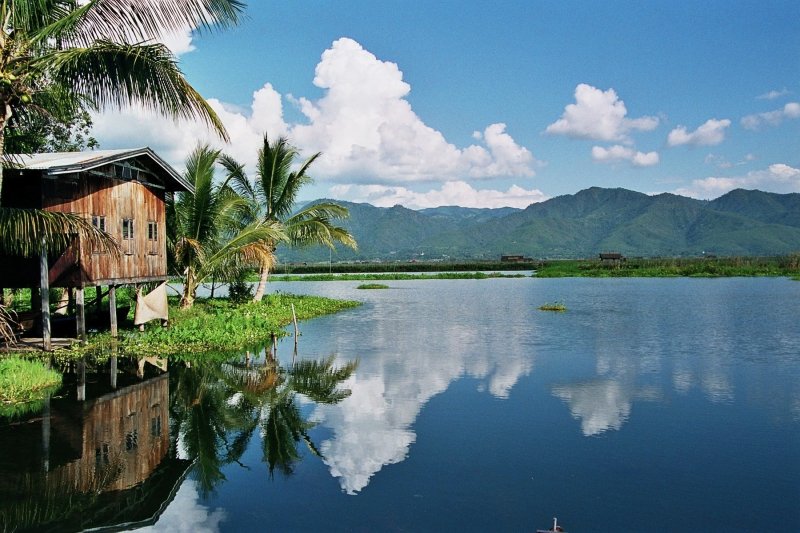
Photo: wikipedia 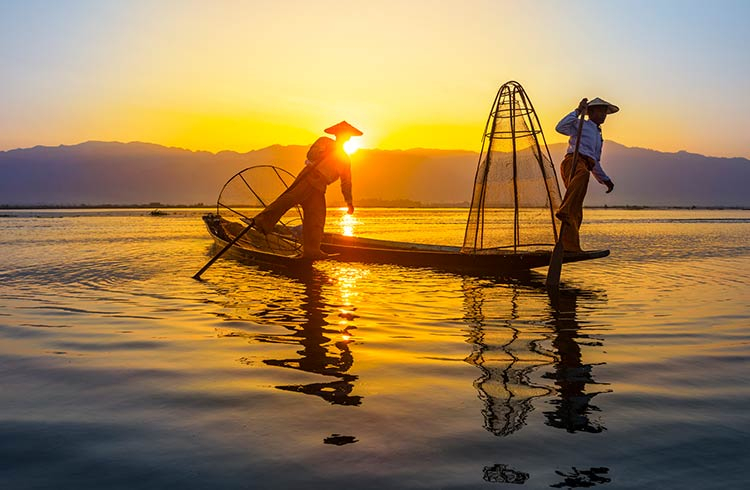
Photo: worldnomads.com -
The next position on the list of the most beautiful lakes in Asia is Lake Tonle Sap. It is located in Cambodia's northwest. It is a part of the Mekong River network. As one of the most diverse and productive ecosystems in the world, it is the largest freshwater lake in Southeast Asia and was named a Biosphere Reserve by UNESCO in 1997 because of its high biodiversity.
The Mekong River's lake in Cambodia is thought to contain the most freshwater fish. Vietnamese people have lived here for a long time to make a living and establish themselves right on the Tonle Sap, in addition to the poetic surroundings, whose beauty is comparable to an ink painting, when you travel here by wooden boat. You will visit people's homes to learn about the difficult way of life here.
The lake in Cambodia is the perfect habitat for numerous freshwater fish. Three million people are fed by Tonle Sap Lake, which also provides 75% of Cambodia's freshwater fish production and 60% of the country's protein needs. Tonle Sap Lake is one of the freshwater lakes with the most diversified ecosystems and the largest fish production in the world.
Location: Lower Mekong Basin, Cambodia
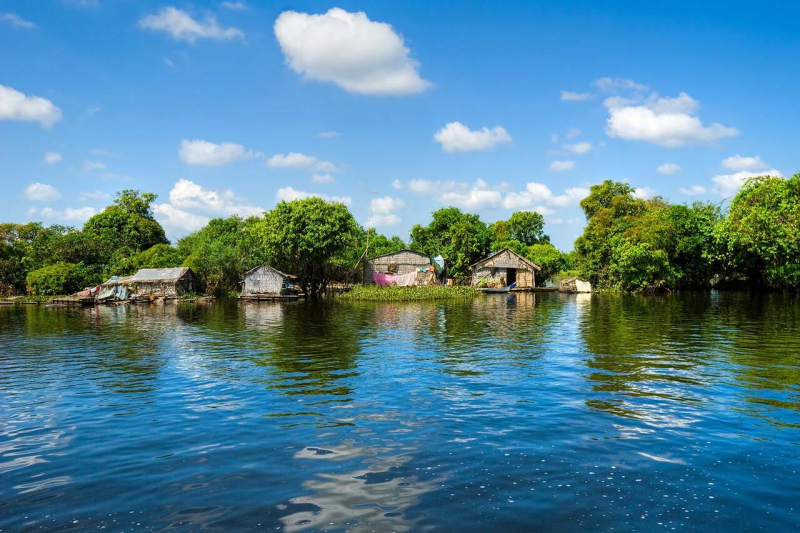
Photo: tripzone.vn 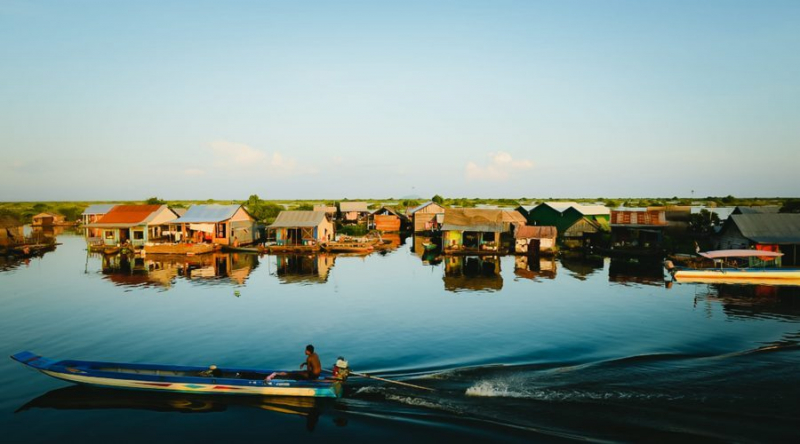
Photo: phuotvivu.com -
The Kenyir Lake on the Kenyir River built Tasik Kenyir, also known as Kenyir Lake, near Hulu Terengganu, Terengganu, Malaysia in 1985. The Sultan Mahmud Power Station receives its water from the lake. With a surface size of 260,000 hectares, it is the largest artificial lake on the continent of South East Asia. Exotic animals and several freshwater fish species can be found at Kenyir Lake. The lake naturally serves as a home for freshwater fish thanks to its 38,000-hectare water catchment area.
Terengganu is one of Malaysia's 13 states, with its back to the South China Sea. On Peninsular Malaysia's East Coast, it offers the longest stretch of crystal-clear sand beach. popular for her green water, golden sunshine, and coral island abundant in marine life. Pahang and Kelantan from their western and southern borders, respectively.
Despite being an artificial lake, the region has effectively been developed for ecotourism, and its shores are home to a number of resorts. Fishing is popular, as are excursions to waterfalls, caves, and the jungle. Locals claim that August, when the water level is lowest, is the finest month for fishing. Pengkalan Gawi, Bewah in the National Park, and the banks of the Saok, Lasir, Tembat, and Lawit rivers are all popular locations for jungle hiking. Among the many water sports activities offered here are rapids shooting, rafting, canoeing, kayaking, and canoeing.
Location: Hulu Terengganu, Terengganu, Malaysia
Video: https://www.youtube.com/watch?v=iw_MD-X43Mk 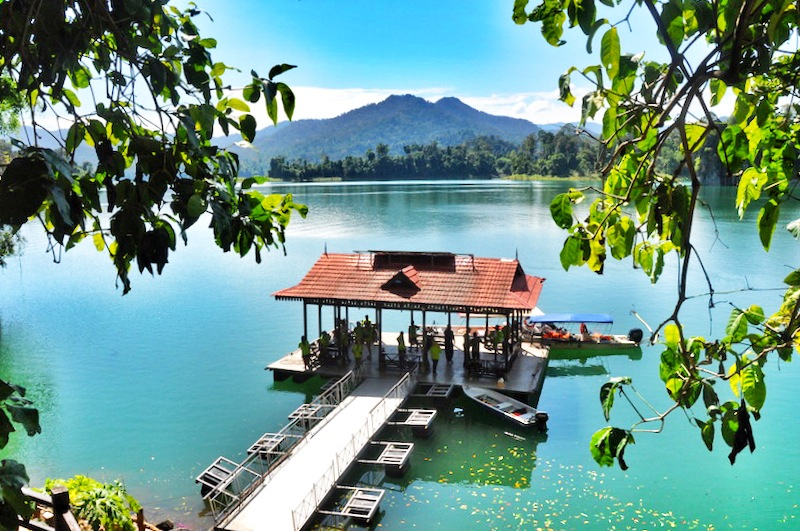
Photo: ohmag.la -
The Cinque Fiori Lake is a magnificent water mirror in one of the most stunning locations on earth. It is a gem of exceptional beauty located in Jiuzhaigou Valley, China's fabled "valley of the nine villages." It is located in the Sichuan Nature Reserve, a stunning region known for its terrain surrounded by enchanting forests, and features gorgeous waterfalls, lakes, and streams. In 1992, UNESCO designated this enchanted location as a World Heritage Site.
The name "Lake of the Five Flowers" refers to the waters' almost-reflective quality of a blooming garden. It is an effect brought on by the location's unique sunlight as well as the presence of local minerals and plants that grow on the seafloor. The lake's waters are completely translucent due to the high concentration of calcium carbonate and the lake's glacial origins, making it simple to view the old tree trunks that are submerged in these waters.
Its name in Chinese is Wu Hua Hai. Nearly 10 meters deep, with turquoise and emerald green undertones, this magical lake is located in a remote, dreamy area where it is possible to see numerous endangered plant and animal species. The giant panda and the golden rhinopithecus are two examples of animals that can be viewed. Since the local populace reveres it, this location is the subject of thousands of legends. It is now one of the valley's top attractions and the ideal location for all nature lovers.
Location: Jiuzhaigou County, Sichuan, China
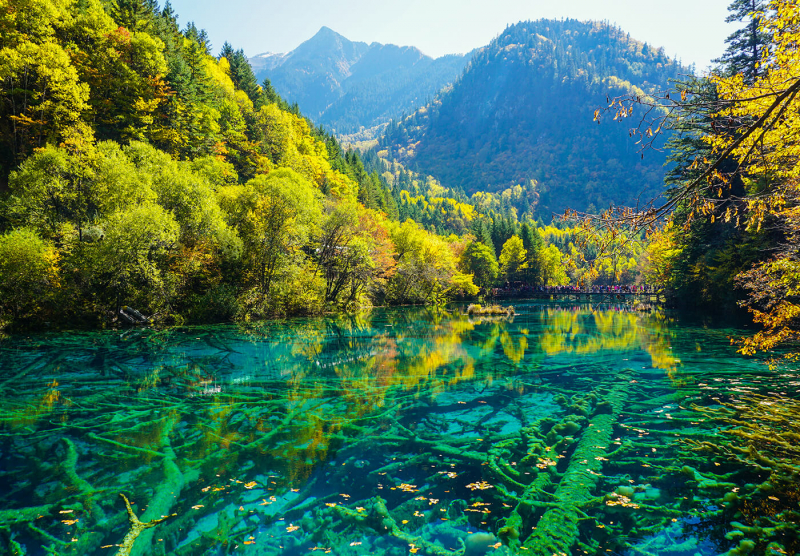
Photo: mybestplace.com 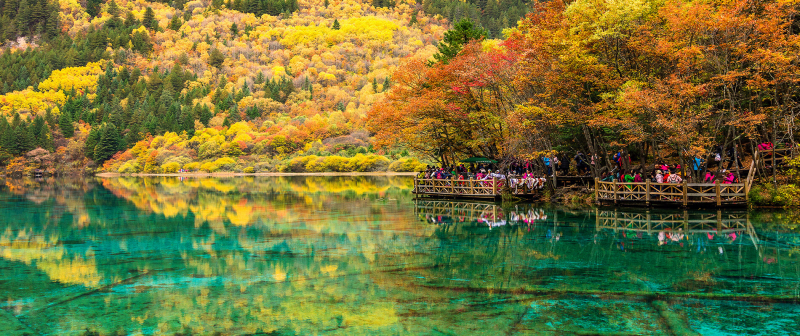
Photo: mybestplace.com -
In Kazakhstan's Central Asian area, there is a lake called Lake Balkhash. The "Third Most Volcanic Lake" in the world is another name for it. Despite being an old lake, it is still used as a water storage facility. Currently, the lake is around 16,400 km2 in size. However, it is diminishing due to water diverting and being removed from its feeders, much like the Aral Sea. There is a small, rather a central channel in the lake. The western portion of the lake is freshwater. The eastern side of the lake is salty.
One of the biggest natural lakes in the entire globe, it. With a depth of 889 meters, the lake is ranked as the fourth-deepest lake in the entire globe. It is Kazakhstan's second-largest Lake. Additionally, it is the second-deepest Lake on Earth.
While the Lake is well-known for its crystal-clear waters and diverse wildlife, the area also provides a variety of other experiences, such as mountain biking, horseback riding, rafting, and skiing.
The most crucial thing to remember when deciding when is the best time to visit Lake Balkhash is that it is most popular during the summer. As a result, summer is the perfect season to visit the Lake. The Lake is not only a well-liked summertime vacation spot, but it is also a well-liked holiday destination.
Location: in the east of Central Asia in southeastern Kazakhstan
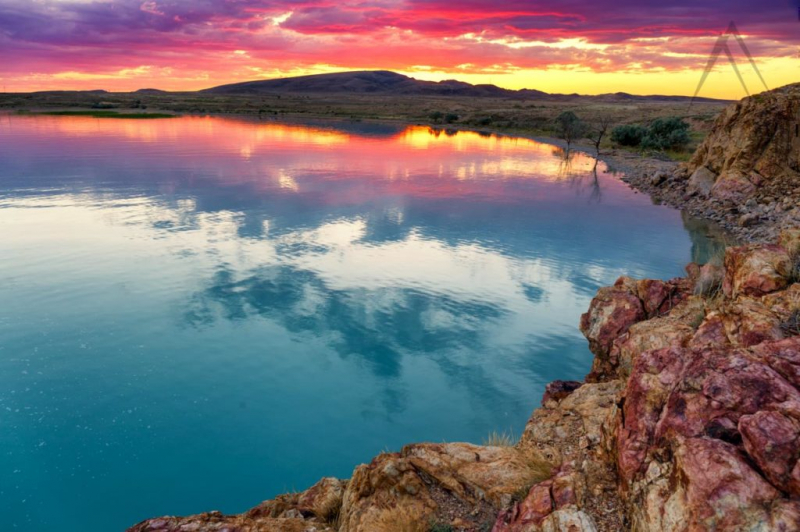
Photo: central-asia.guide Video: https://www.youtube.com/watch?v=kfgb-wpGIbM -
The next position on the list of the most beautiful lakes in Asia is Lake Karakul. A perfect pearl among the most complex landscapes in the west of Xinjiang, the turquoise Lake Karakul is located at the base of the Pamir Mountains, encircled by the three tallest peaks. The lake lies 200 kilometers from Kashgar and is at an altitude of 3652 meters above sea level.
The lake's surroundings are pretty stunning. The Pamir Mountains, which are inaccessible and have a slightly harsh beauty that benefits Lake Karakul, are on the other side of a vast, stony desert with sporadic appearances of sand dunes and little oases. However, livestock breeders have set up their yurts and grazed their herds of sheep, horses, and camels in this hostile setting in the band of grasslands that begins near the lake.
One of the most popular tourist destinations around Kashgar is Karakul Lake. The tours offered there to allow you to see the area's natural beauty and learn more about the locals' way of life and distinctive culture. When viewed against the mountains in the distance at night, a vision of the immaculately pure Lake Karakul reflects the moonlight on its surface.
Location: southwest of Kashgar, Xinjiang Uyghur Autonomous Region of China
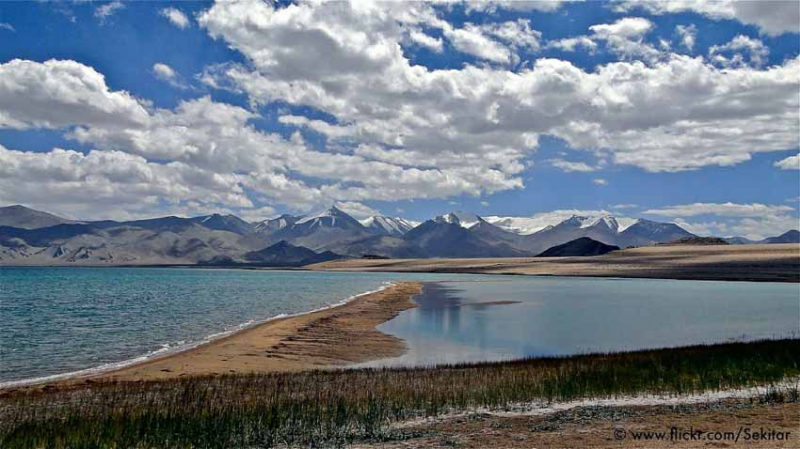
Photo: doanhnhanplus.vn 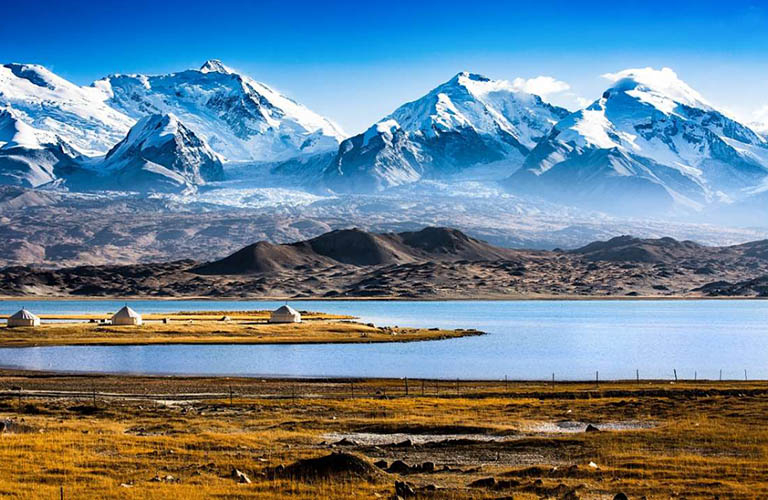
Photo: chinadiscovery.com -
Northeast Kyoto, the former capital city of Japan, in Shiga Prefecture (west-central Honshu), is Lake Biwa, the largest freshwater lake in the country. More than 4 million years old, Lake Biwa is a very old lake. It is thought to be the thirteenth-oldest lake on the entire globe. As a result of its proximity to the old city, Lake Biwa is frequently mentioned in Japanese literature, especially in poetry and in chronicles of historical wars.
The lake was created more than four million years ago, and the medieval cities that surround it allow visitors to tour antique shrines, temples, and castles. The name "Lake Biwa" comes from the fact that it naturally resembles a "biwa," a traditional Japanese lute. Around the lake, there are numerous activities available, such as swimming, hiking, and biking.
It is a crucial resource for the nearby textile industries as well as a reservoir for the towns of Kyoto and Tsu. In the Kansai region, it supplies drinking water to around 15 million people. Trout and other freshwater species breed at Lake Biwa, which also serves as a breeding site for the pearl business.
The Lake Biwa Canal, which was initially constructed in the late 1890s and then further developed during the Taish era, was crucial in reviving Kyoto's industrial life after a sharp fall following the transfer of the capital to Tokyo.
Location: Shiga, Japan
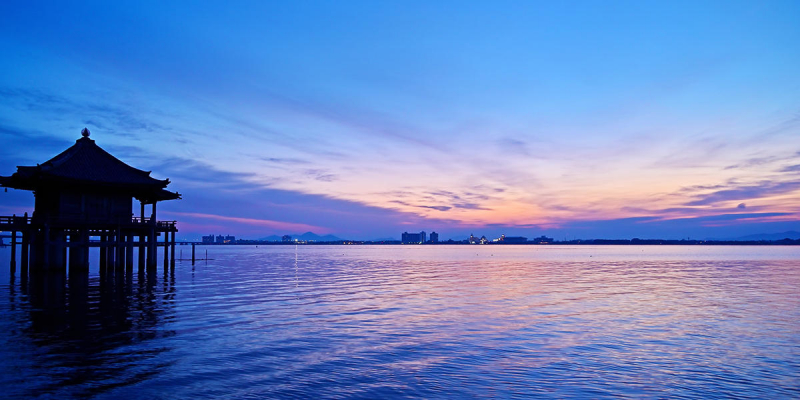
Photo: centrip-japan.com 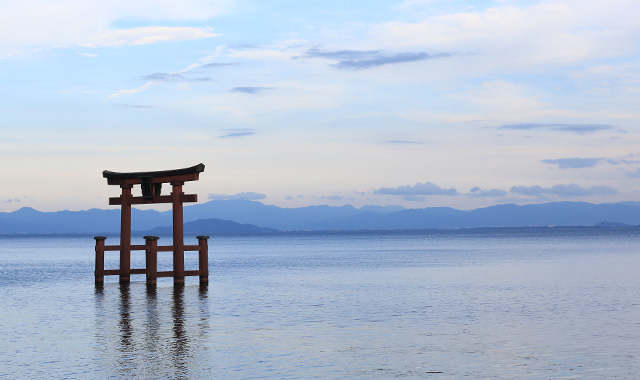
Photo: ana-cooljapan.com -
An artificial freshwater lake with the name Lake Pichola was built in the Indian city of Udaipur in the state of Rajasthan in 1362. It is called after the adjacent Picholi town. It is one of many connected lakes that have grown over the past few centuries in and around the renowned city of Udaipur. In order to supply the city and its surrounding area with irrigation and drinking water, dams were mostly constructed around Udaipur. Within Pichola Lake, two islands, Jag Niwas and Jag Mandir, have been created with a number of palaces to offer lake vistas.
The serene waters of Lake Pichola, which are home to various islands, temples, and even palaces, provide picturesque vistas of tall hills. Avoid visiting this location during exceptionally hot seasons as the lake generally dries up during droughts due to its shallow waters.
The Jag Niwas Island, where the imposing Lake palace is located, sits in the center of the lake. A truly charming palace that has been a heritage hotel for 250 years. The finest marble and mosaic architecture can be found at the lake palace. It is currently included in the Taj Group of Hotels' flagship. Another island similar to the Jag niwas is named the Jag mandir, and Mohan mandir is also common.
Location: Rajasthan, India
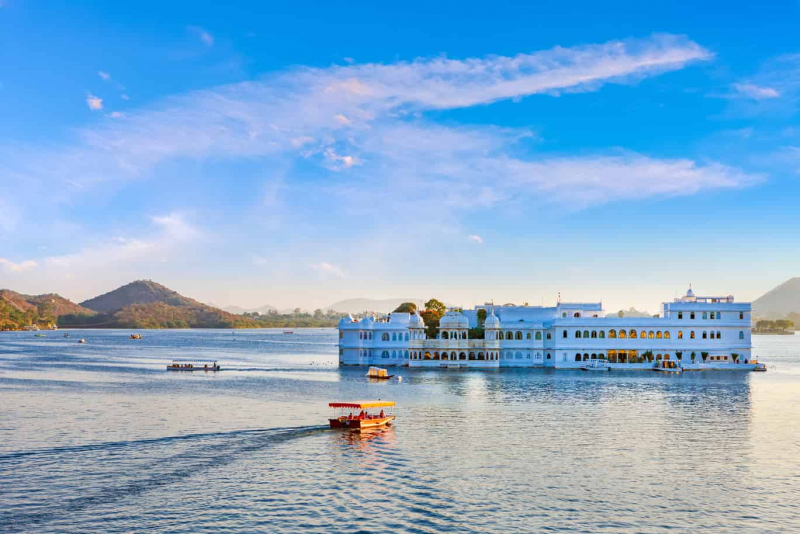
Photo: treebo.com 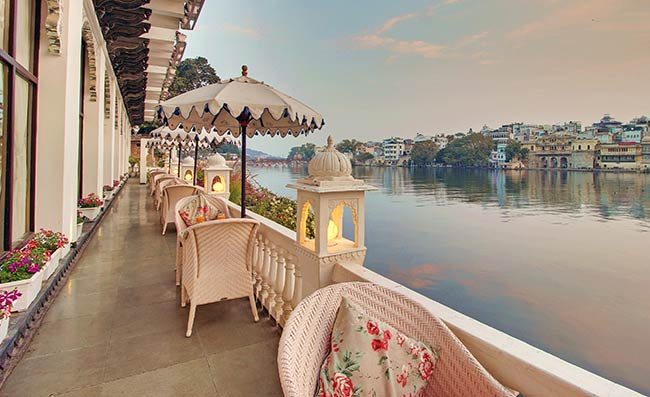
Photo: wildfrontierstravel.com -
The damming of Sungei Jurong farther downstream resulted in the creation of Jurong Lake, a 70 ha freshwater lake and reservoir in western Singapore. The lake acts as a reservoir, adding to the nation's water supply. The Lakeside MRT station, which takes its name from this geographical feature, is right adjacent to it. The parkland that surrounds the lake provides adjacent inhabitants of Jurong East and Jurong West New Towns with a place to relax.
Around the lake's edge, construction on Jurong Lake Park, a landscaped sanctuary, was finished in January 2006. Additionally, a 2.8-kilometer water promenade along Jurong Lake Park would enable locals to enjoy watersports. The inner running track is 3.4 kilometers long and begins at the Chinese Garden Bridge and ends there.
Swimming is now prohibited in the lake, as it is in the majority of Singapore's reservoirs, although this may change as the Singaporean government liberalizes the use of the nation's water resources. There are now some designated areas surrounding the lake where fishing is permitted, but only with artificial bait. Jurong Lake is one of the most beautiful lakes in Asia.
Location: Lakeside, Jurong East, Singapore
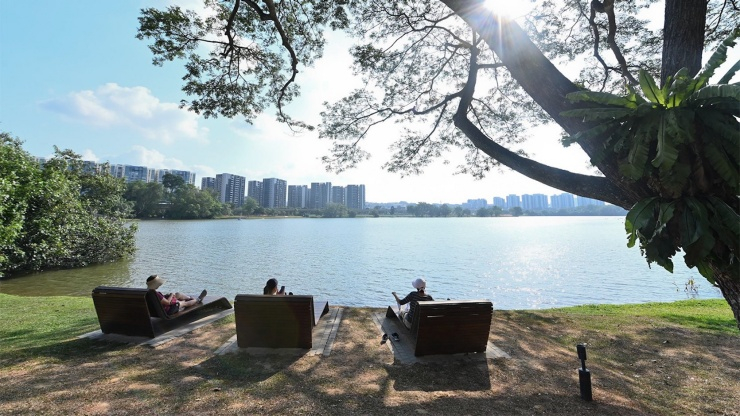
Photo: visitsingapore.com Video: https://www.youtube.com/watch?v=HaGXPvUVJkA













